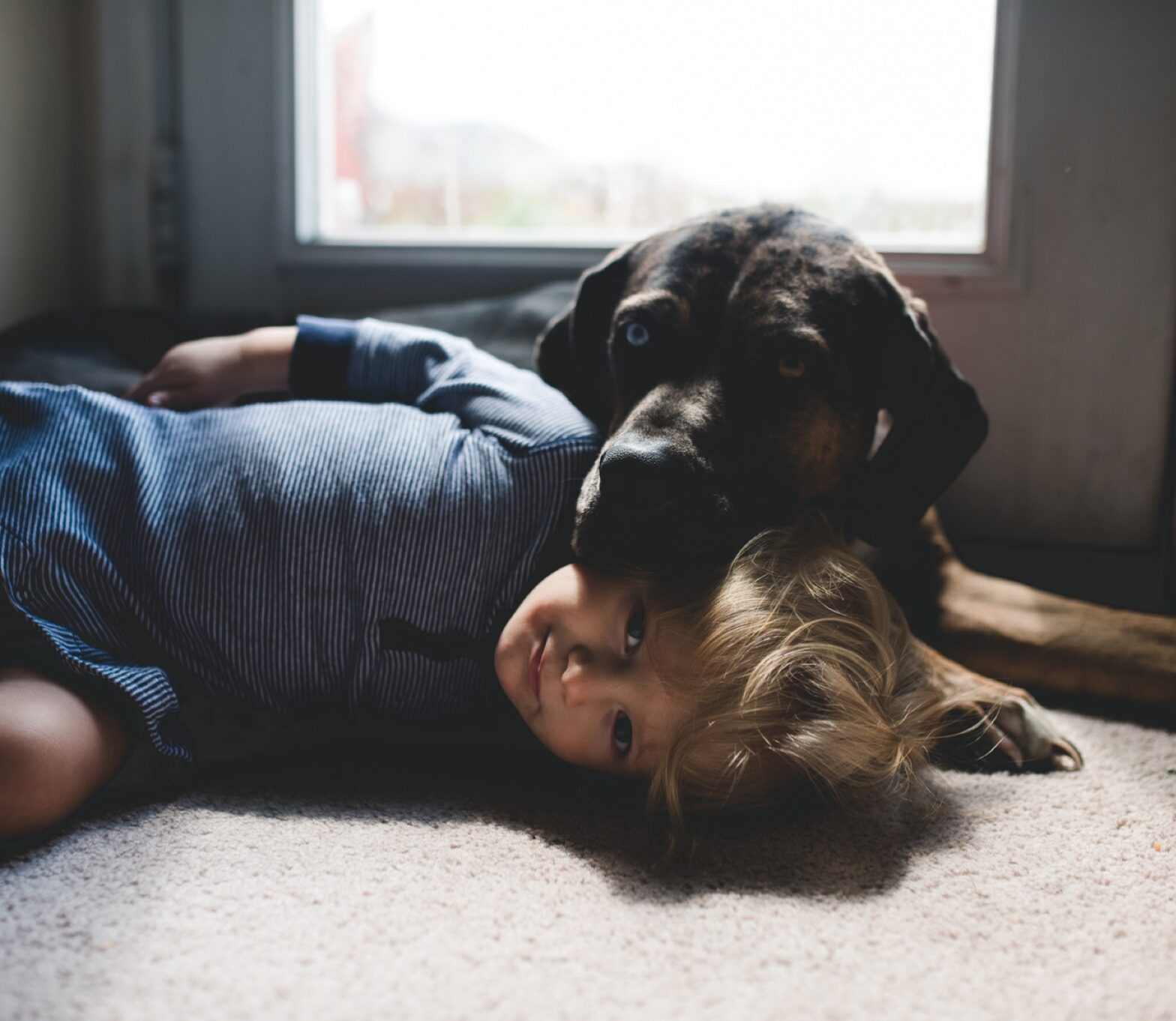Creating a Healthier Home for Your Pet: Tips for Reducing Environmental Toxins
Dogs are like infants in many ways—they have small bodies, are closer to the ground, often put things in their mouths, and can be more sensitive to environmental toxins than adults. With their shorter lifespans and faster development, pets can develop health issues, including cancer, more quickly from exposure to harmful chemicals.
At Kali’s Wish Cancer Foundation, we provide pet cancer support and help to families looking to protect their pets and promote long-term wellness. One important step is reducing exposure to environmental toxins in and around the home. Here are ten ways to make your home safer for pets.
1. Use Non-Toxic Cleaning Products
Many conventional cleaning products contain chemicals that are carcinogens, neurotoxins, or endocrine disruptors. Choosing eco-friendly or homemade cleaners reduces your pet’s exposure to harmful substances. Ingredients like vinegar, baking soda, and castile soap can often replace chemical cleaners safely.
2. Select Safe Building Materials and Furnishings
New flooring, paint, furniture, and finishes can release volatile organic compounds (VOCs) that affect indoor air quality. When renovating or decorating, choose products free of VOCs and change furnace filters regularly to maintain cleaner air for your pets.
3. Limit Exposure to Pesticides and Herbicides
Research shows that lawn pesticides and herbicides are linked to increased risks of canine cancers, such as lymphoma and bladder cancer. Avoid applying these chemicals, choose eco-friendly lawn care services, and wash your pet’s paws and belly after outdoor play to reduce exposure.
4. Choose Pet Grooming Products Carefully
Shampoos and conditioners may contain harmful chemicals, including artificial colors, parabens, phthalates, and sulfates. Use products formulated specifically for pets with full ingredient transparency to protect your pet’s skin and overall health.
5. Avoid Flame-Retardant Bedding
Some pet beds contain flame-retardant-treated stuffing, which can be carcinogenic over time. Opt for beds made from natural, organic, or recycled materials that are free of harmful chemicals.
6. Use Natural Tick and Flea Protection
Chemical spot-on flea and tick treatments can be toxic. Natural alternatives provide protection without exposing pets to harsh chemicals, supporting overall wellness and pet cancer support.
7. Watch Out for Food and Packaging Toxins
Choose high-quality, nutritious pet foods and avoid products with artificial preservatives like BHA, BHT, ethoxyquin, propyl gallate, and propylene glycol. Natural preservatives such as Vitamin E (tocopherols) or rosemary extract are safer options.
8. Select Safe Toys
Toys can contain heavy metals, phthalates, dyes, and preservatives. Look for durable, non-toxic toys appropriate for your pet’s size and play style. Replace worn or damaged toys to prevent choking hazards or ingestion of harmful materials.
9. Provide Clean, Fresh Drinking Water
Water is essential for digestion, nutrient transport, and organ function. Filtered water in glass, stainless steel, or ceramic bowls is ideal. Ensure your pet drinks enough—about one ounce per pound of body weight daily.
10. Avoid Exposure to Second-Hand and Third-Hand Smoke
Second-hand smoke increases the risk of many pet cancers, including mouth, lung, and nasal cancers. Third-hand smoke—residues on furniture, carpets, and clothing—can also be harmful. Never smoke around your pets and minimize their contact with contaminated surfaces.
Takeaway: By creating a safer, toxin-free environment, you’re taking a proactive step toward pet cancer support and helping your pet live a longer, healthier life. Small changes in household products, food, grooming, and play can make a significant difference in protecting your furry family members.
Learn more about pet cancer and the supports available. Visit our Health Hub.

